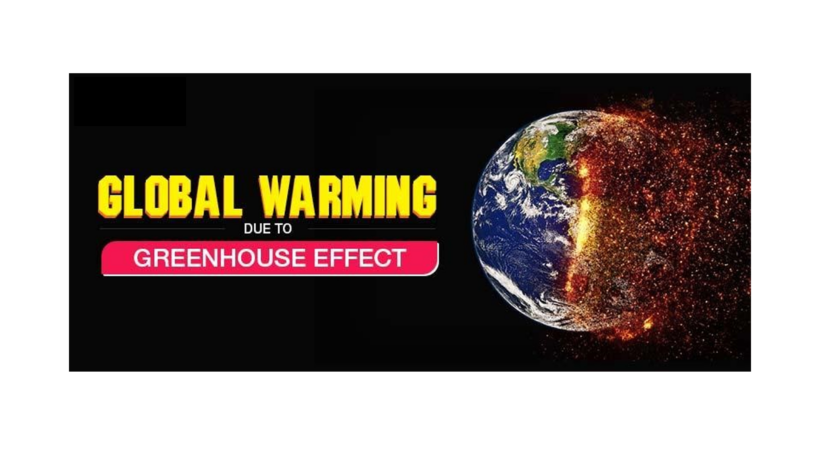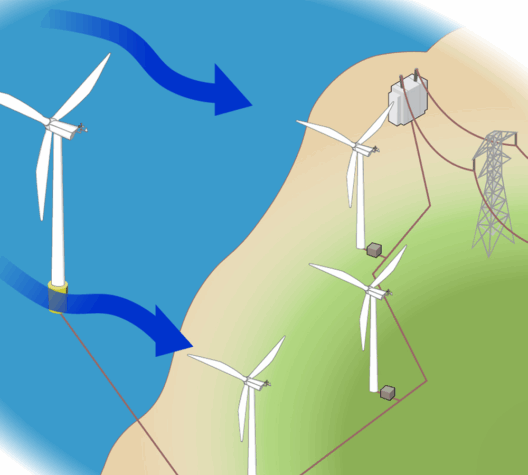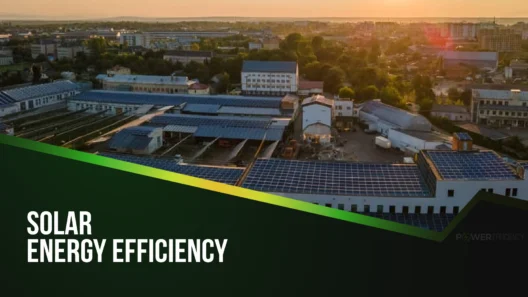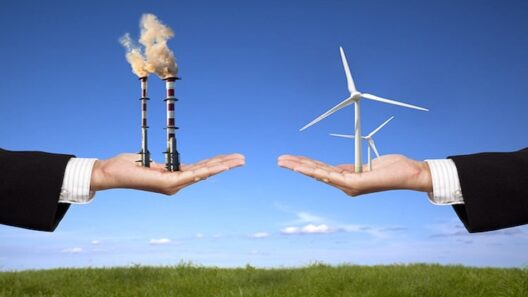The phenomenon of global warming and climate change is a complex tapestry woven over centuries, with its roots stretching back to the dawn of the Industrial Revolution. Understanding its inception is imperative in grasping not just the environmental implications but also the socio-political and economic dynamics that have contributed to the current climate crisis. This exploration encompasses both natural processes and anthropogenic influences, ultimately unveiling how an epic narrative of human activity has shaped our planet’s future.
The Industrial Revolution: A Catalyst for Change
In the late 18th century, an unprecedented metamorphosis began with the Industrial Revolution. This era marked a monumental shift from agrarian economies to industrialized societies, characterized by the proliferation of machinery and fossil fuel consumption. The transition heralded remarkable economic growth and technological advancements but came at a cost. Emissions of carbon dioxide (CO2) began to swell as coal-fired engines and factories belched smoke into the atmosphere. This profound alteration in energy source usage set the stage for what would later be recognized as a substantial increase in atmospheric greenhouse gases.
The mechanisms of this shift were diverse, but two primary factors stand out: deforestation and fossil fuel dependency. Forests acted as natural carbon sinks, absorbing CO2 and regulating the global temperature. However, as urbanization took hold, vast expanses of forests were sacrificed for agriculture, industry, and infrastructure, diminishing this crucial ecological balance. Concurrently, the era’s reliance on coal, followed by oil and natural gas, intensified the emission of greenhouse gases, further entrenching humanity’s role in altering the climate.
Scientific Recognition: The Early Alarm Bells
While the technological advancements spurred economic development, it was not long before scientists began to connect the dots between industrial activities and climate alterations. The late 19th century saw pioneering work from atmospheric scientists such as John Tyndall and Svante Arrhenius. Tyndall’s experiments illuminated the role of greenhouse gases in trapping heat, laying the groundwork for understanding Earth’s radiant energy balance. Arrhenius, in 1896, was perhaps the first to quantify the impact of CO2 increases on temperatures, predicting that a doubling of CO2 could raise global temperatures significantly. His work, though initially disregarded, planted the seeds for what would eventually become a global environmental movement.
The early 20th century continued to amplify awareness through the works of researchers and climatologists. This growing scientific discourse would later crescendo in the 1970s, as public visibility surrounding environmental degradation increased. The Earth Day movement and the establishment of organizations such as Greenpeace exemplified the burgeoning recognition of climate change as not merely a scientific curiosity but a pressing global crisis.
The Role of Policy and International Discourse
As scientific consensus mounted, so too did the imperative for policy intervention. The 1992 Earth Summit in Rio de Janeiro marked a watershed moment in global environmental governance. The United Nations Framework Convention on Climate Change (UNFCCC) emerged from this pivotal gathering, laying the foundational structure for international climate negotiations. However, despite the serious acknowledgment of climate change, political will as well as a unified approach to address the crisis remained elusive.
In the ensuing decades, global warming morphed from an abstract concept into a vital policy issue, particularly in the face of burgeoning climate crises such as heatwaves, floods, and hurricanes, providing tangible evidence of environmental change. The 2000s ushered in a new chapter with milestones like the Kyoto Protocol and the Paris Agreement, both emblematic of a collective commitment to mitigate climate change. However, with economic growth frequently prioritized over environmental concern, the efficacy of these agreements was often undermined. Countries prioritized national interests, resulting in an uneven global response to a problem that is inherently interconnected.
Current Trends and Future Perspectives
Today’s discourse on climate change is marked by urgency yet mingled with hope. A plethora of contemporary movements and advancements reflect an awakening to environmental stewardship. The extant climate science consistently underscores the necessity of systemic change across sectors—energy, transportation, agriculture, and even finance. Collective efforts towards sustainable technologies, renewable energy sources, and conservation initiatives illustrate a burgeoning recognition of our interconnected fates in relation to climate.
Nevertheless, challenges loom large. The persistence of misinformation and resistance from vested interests often impedes progress. The social consequences of climate change disproportionately affect marginalized communities, raising questions of equity and justice. A shift in perspective is necessary—one that fosters collaboration rather than competition in confronting this global crisis. The confluence of technology, policy, and grassroots activism can catalyze change, yet such an evolution necessitates an urgency aligned with the gravity of the situation.
As we ponder the trajectory of global warming and its historical origins, it becomes evident that the nuances of our past will dictate the path we travel. The entwined destinies of humanity and the planet challenge us to engage thoughtfully, to reassess the extent of our impact, and to redefine our position as stewards of Earth rather than conquerors. In doing so, we not only honor the lessons of history but also secure a more sustainable future for generations to come.








